Did you know a dog’s nose can pack up to 300 million scent receptors, while we humans manage a measly five million? That’s not just a fun fact—it’s the superpower behind some of the most relentless, nose-to-the-ground trackers the canine world has ever seen. Now, mix that olfactory genius with the wild energy of a rocket on paws, and you’ve got yourself a hyperactive tracking dog: nature’s ultimate scent-seeking machine.
These dogs don’t just sniff—they pursue, with a focus that borders on obsession and stamina that leaves even the most active human gasping for breath. From dense forests to wide-open fields, they’re built for motion, mission, and mastery of the trail.
But be warned—these dogs aren’t for the laid-back. In this blog, we’re unleashing the wild world of active tracking dog breeds—the four-legged dynamos who live to chase, track, and thrive on non-stop action.
Hyperactive Tracking Dog Breeds
1. German Shepherd
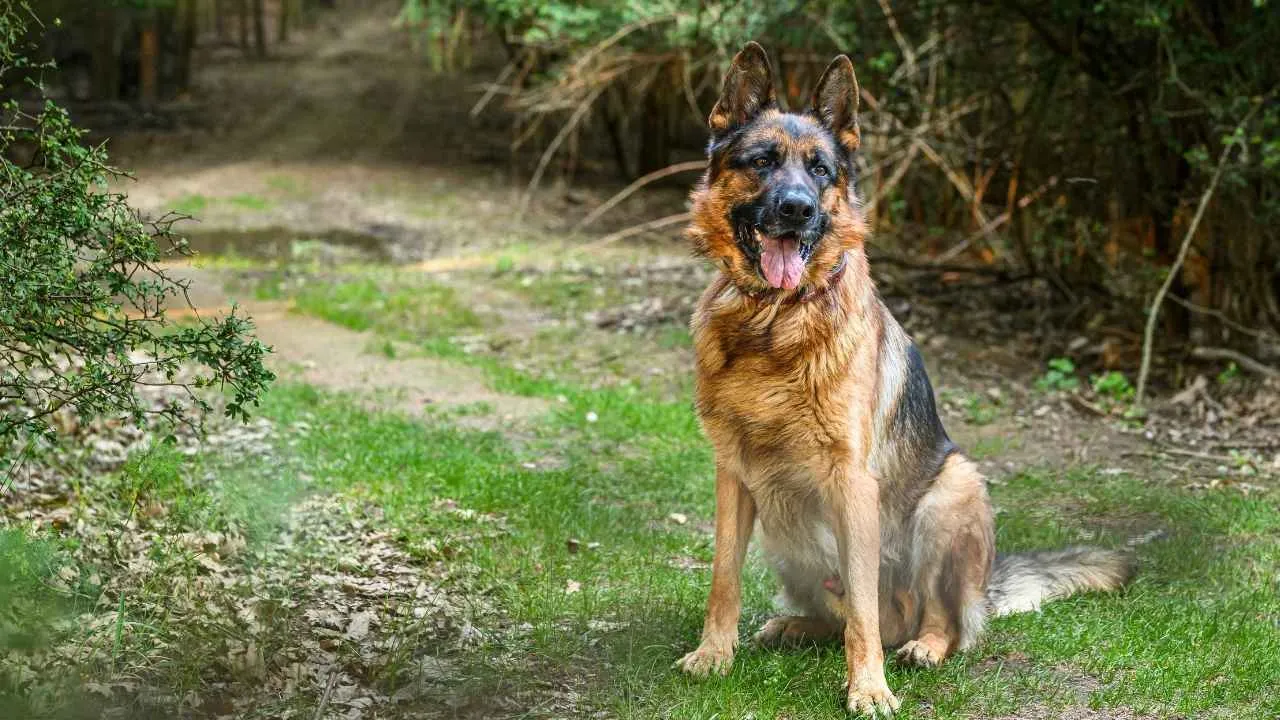
The German Shepherd is widely recognized as one of the most versatile and skilled working dogs, admired for being a strong, agile, and extremely intelligent breed. Standing up to 26 inches tall at the shoulder, this breed combines power with grace, characterized by smooth, flowing lines rather than sharp angles. Their dense coat is well-suited for various climates, making them ideal for outdoor adventures and extended work in the field.
While their natural gait is a relaxed trot, German Shepherds can reach impressive speeds when necessary. Their loyalty, courage, and confidence make them not only great companions but also steadfast guardians.
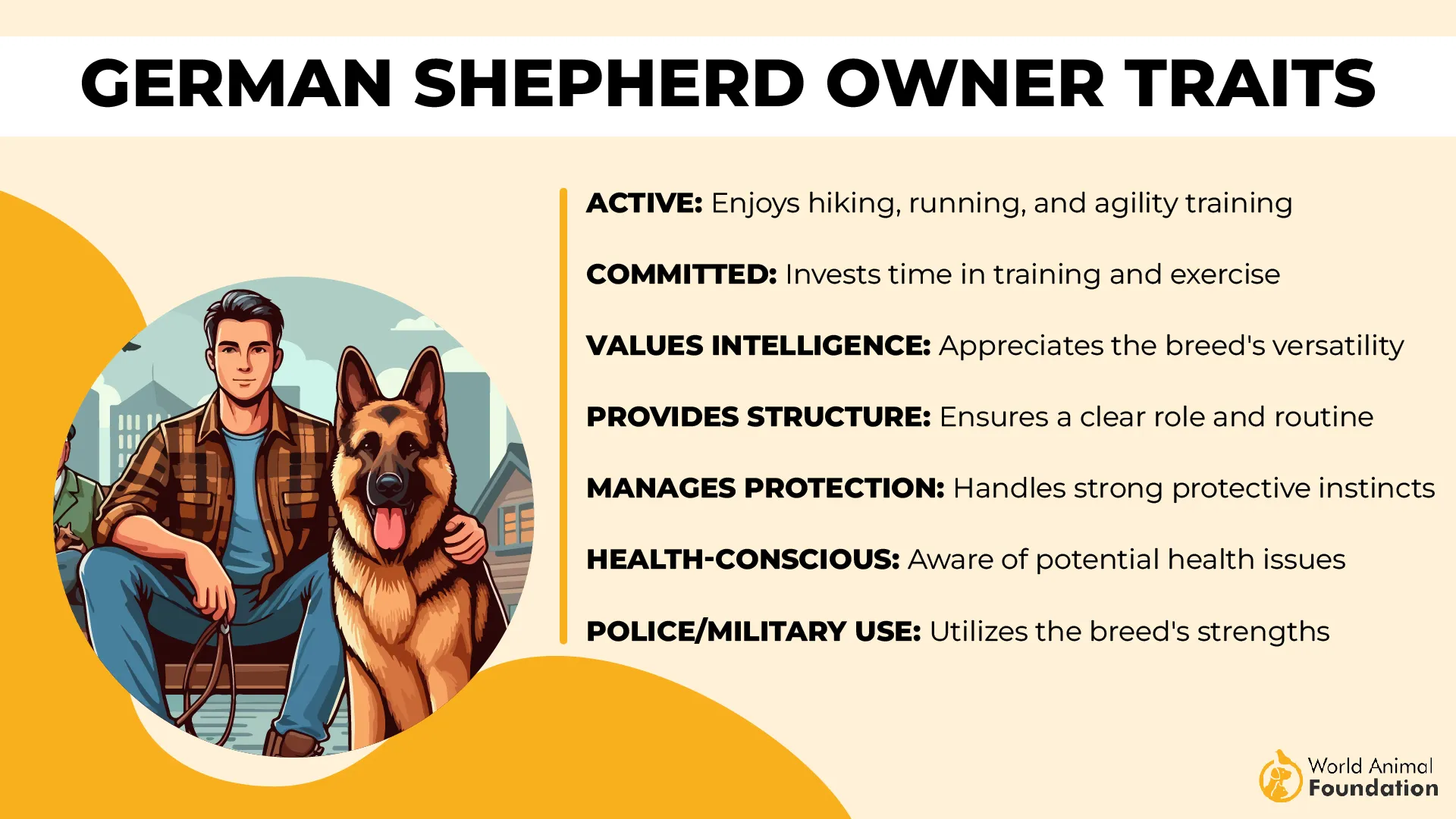
As one of the most high-energy dog breeds, the German Shepherd demands consistent physical and mental stimulation. Without it, pent-up energy can lead to bad habits such as destructive behavior or restlessness. Regular exercise and vigorous activity are crucial, not just to manage their energy level but to keep them balanced and calm in the home.
Renowned for their tracking abilities, German Shepherds excel in police work, search and rescue, and scent detection roles. Their ability to herd livestock and follow complex scent trails over long distances is rooted in their highly intelligent and highly trainable nature. Whether it’s a structured task or an unpredictable field mission, they rise to every challenge with high spirits and focus.
For active owners seeking a perfect hiking partner or for other demanding tasks, the German Shepherd offers unmatched reliability. Their drive for physical stimulation, paired with sharp instincts, makes them ideal for roles requiring discipline, endurance, and adaptability.
2. Labrador Retriever
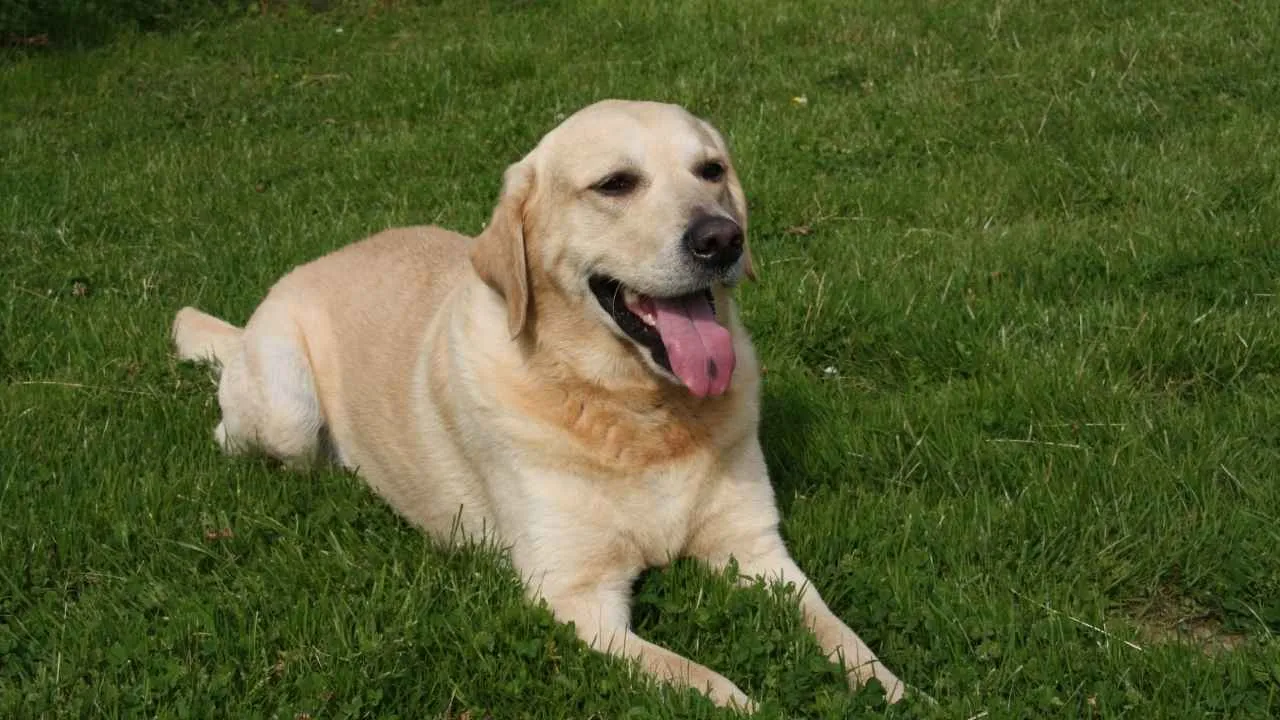
The Labrador Retriever is one of America’s most popular breeds, cherished for its friendly temperament, affectionate nature, and balanced build. Standing 21.5 to 24.5 inches tall and weighing between 55 to 80 pounds, Labs are sturdy yet gentle, with expressive eyes and a dense, waterproof coat that comes in yellow, black, or chocolate.
Originally bred for retrieving waterfowl, Labs have a natural affinity for water. Their thick “otter tail” helps steer them while swimming, and their webbed feet enhance mobility in water. These physical traits make them excellent swimmers and strong candidates for water sports like diving, reflecting their energetic and active disposition.
Labrador Retriever is also renowned for its exceptional tracking abilities. Initially refined by British breeders for game retrieval, their stamina and directional sense now serve broader roles, including search and rescue, bomb detection, and service dog tasks. Their eagerness to please, combined with a sharp mind and tireless energy, allows them to excel in demanding environments.

This breed’s versatility lies in its intelligence and high energy levels, which require consistent mental and physical engagement. Labs thrive in structured roles that allow them to stay active and focused. Without enough stimulation, however, they can develop undesirable behaviors, including chewing and excessive barking, making exercise a daily priority.
Their adaptability and willingness to work make them one of the most reliable breeds for families and professionals alike, provided their need for movement, play, and engagement is met.
3. Beagle
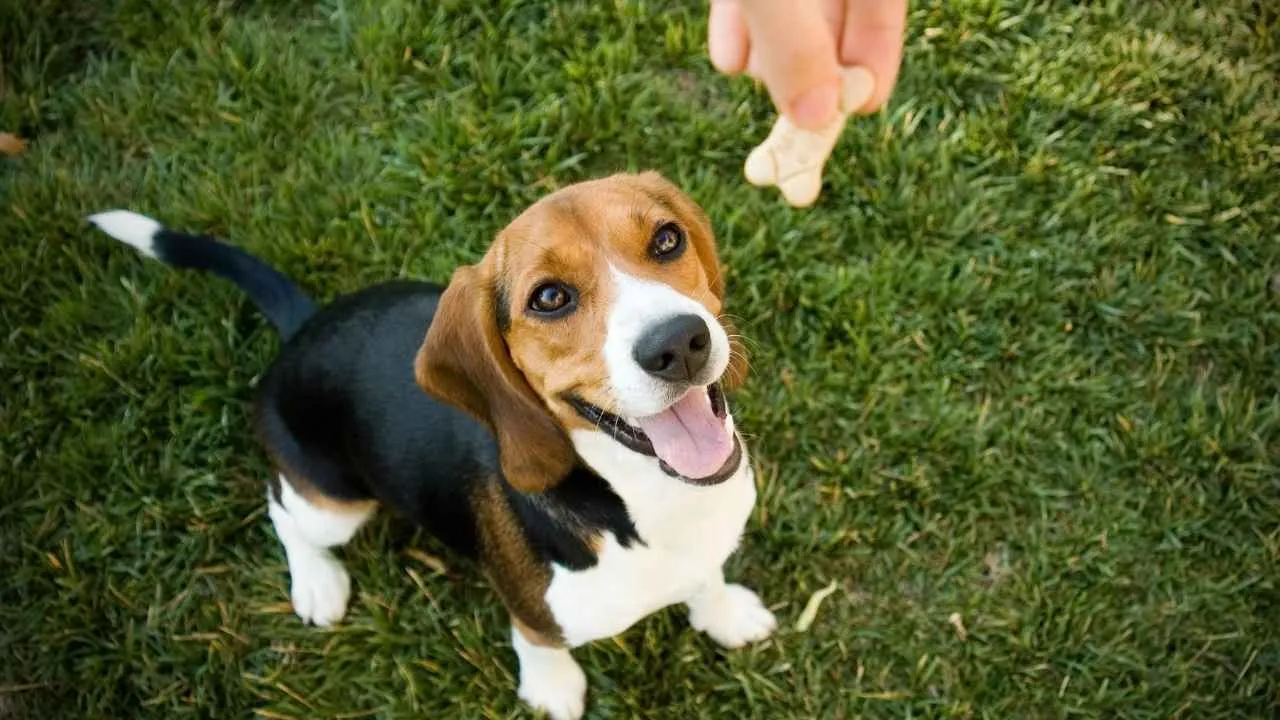
The Beagle is a small hound breed known for its compact build, soulful brown eyes, drooping ears, and short, tri-colored coat—typically a mix of black, white, and tan. Though modest in size, the Beagle is sturdy and surprisingly solid for its height.
Recognized in two size varieties by the American Kennel Club, Beagles stand either under 13 inches or between 13 and 15 inches tall, weighing from 20 to 30 pounds. Bred originally for beagling—tracking rabbits and hares—they remain excellent scent hounds with alert, affectionate personalities.
As noted by Britannica, Beagles are distinguished by their extraordinary sense of smell, often earning the nickname “a nose with feet.” With around 220 million scent receptors—vastly more than a human’s five million—Beagles can detect and distinguish dozens of odors, making them invaluable in scent work.
U.S. Customs utilizes its tracking talents in the “Beagle Brigade,” where these dogs detect prohibited agricultural items in busy airports. Their compact size, friendly demeanor, and strong scenting skills allow them to work efficiently even in crowded environments. Their nose typically leads their every move, and their high energy makes them relentless when on a scent trail, reinforcing their status as a hyperactive tracking breed.
Vocal by nature, Beagles are among the most expressive dogs, producing an array of sounds from barking and yapping to their signature baying. This vocal instinct often emerges when they’re excited or locked onto a scent. Interestingly, some are trained to make specific sounds tied to the smells they identify.
4. German Shorthaired Pointer
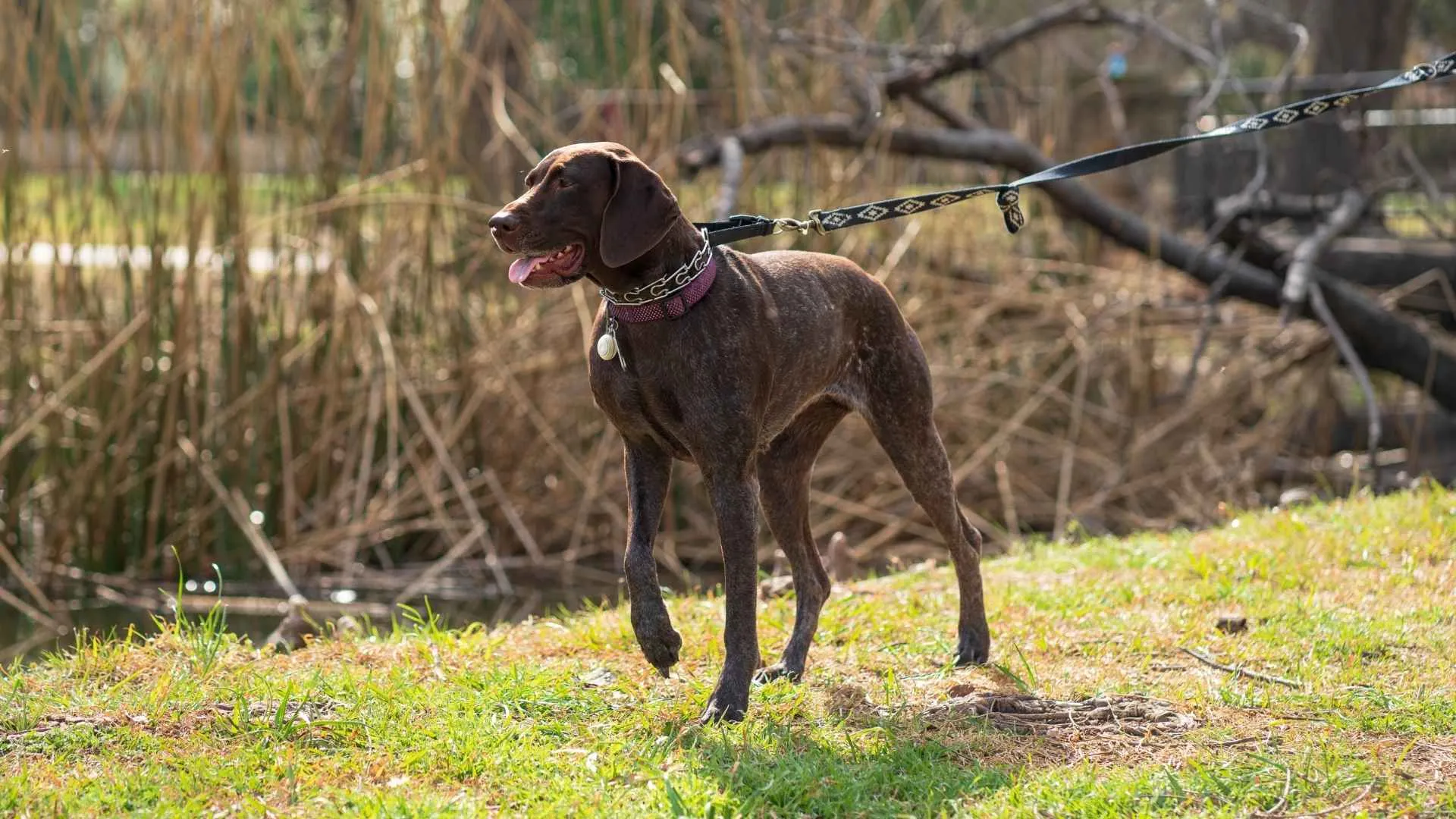
The German Shorthaired Pointer (GSP) originated in late 19th-century Germany as a versatile hunting breed capable of pointing, tracking, and retrieving. Bred for endurance and adaptability across varied terrain, this athletic and intelligent dog is valued both as a skilled field companion and as a loyal family member, especially for owners with active lifestyles.
With a strong prey drive and sharp instincts, GSPs are known for their keen noses and intense focus. Their natural hunting ability makes them quick to react to birds, rabbits, or any small animals, often veering off track to pursue a scent. Because of this, secure fencing and careful supervision are essential during outdoor activities.
These dogs excel in tracking tasks, with their scenting ability honed over generations of selective breeding. Whether on the hunt or out on a trail, GSPs approach every outing with determination. Their success in activities like search and rescue or competitive tracking reflects their innate enthusiasm and tireless nature.
GSPs require consistent, vigorous exercise to keep their minds and bodies engaged. Activities like running, swimming, agility, dog sports, and fieldwork suit them best. Without enough physical and mental stimulation, they may become restless or develop behavioral issues, making them a poor fit for sedentary households.
For the right owner, the German Shorthaired Pointer offers unmatched loyalty, athleticism, and trainability. However, they thrive only in homes that can meet their high activity demands, offering structure, challenge, and plenty of space to roam.
5. Belgian Malinois
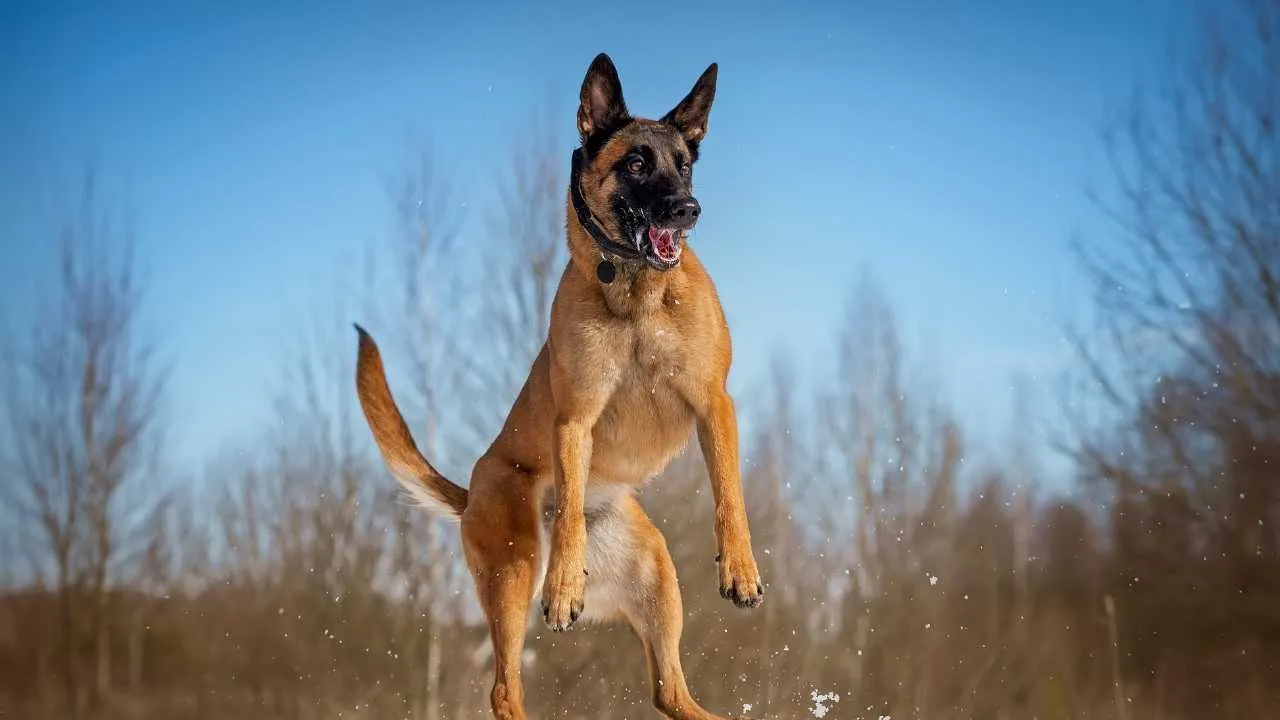
The Belgian Malinois, developed in the 1800s in the city of Malines in Belgium’s Flanders region, is a powerful and agile working dog known for its precision, endurance, and unshakable drive. Originally bred for herding, this squarely built, medium-sized breed features a dense, short coat in shades of fawn to mahogany with distinctive black-tipped hairs and a signature black mask.
While its roots lie in managing livestock, the Malinois has evolved into one of the most versatile and reliable service dogs in the world, thriving especially as a hyperactive tracking breed in both military and police roles.
What sets the Mal apart is its unmatched combination of intelligence, speed, and focus. These traits have made it a favorite among elite units, including Navy SEALs and law enforcement agencies worldwide. In fact, a Belgian Malinois named Cairo played a key role in the 2011 mission that resulted in the death of Osama bin Laden.
Another legendary Malinois, Hurricane, became one of the most decorated service dogs in U.S. history after defending the White House from an intruder. The breed’s ability to carry out high-risk operations, from apprehending suspects to skydiving alongside handlers, showcases its adaptability and physical prowess.
Britannica states that Belgian Malinois excels at scent detection, search and rescue, and high-stakes missions where speed and accuracy are critical. Their lighter build compared to German Shepherds makes them ideal for parachuting and water landings during combat or tactical deployments.
However, their high energy and intense focus demand more than casual care—they require structured training, constant physical and mental engagement, and experienced handling. But dedicated owners who can channel their instincts are unmatched as hyperactive trackers and fiercely loyal protectors.
6. Plott Hound
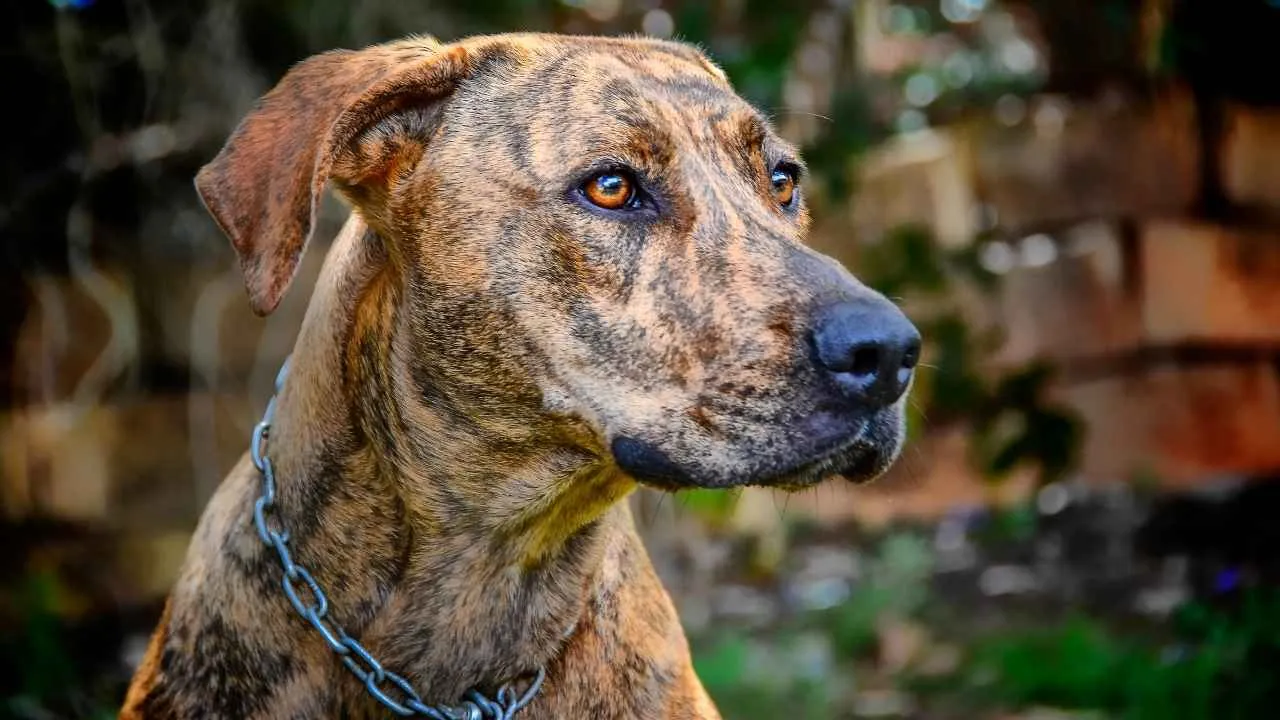
The Plott Hound, North Carolina’s official state dog, stands out as one of the most determined and fearless hunting companions in the canine world. This dog holds deep historical and cultural roots in the state, with monuments and school mascots, such as Hazelwood Elementary’s, paying tribute to its legacy.
Developed in the mountains of North Carolina by the Plott family—German immigrants who brought their heritage and hound knowledge to American soil—this breed was built for endurance and grit.
Descended from the Hanoverian Schweisshund, a respected European blood tracker capable of following week-old trails, the Plott inherited both the stamina and sharp tracking abilities of its ancestors.
The cross between the robust Hanoverian and the agile Blevin hound produced a dog ideally suited for chasing down powerful game like boars and bears across rugged terrain and through all kinds of weather.
Recognized as the 154th breed by the AKC and allowed to compete in the Hound Group since 2007, the Plott Hound is more than a regional legend. It’s a high-energy, hyper-focused tracker with a bold voice and an uncompromising drive to follow scent trails.
Its strong work ethic, combined with remarkable agility and bravery, makes it a favorite for hunters seeking a tenacious partner. But beneath the relentless tracker lies a loyal, even-tempered companion, making the Plott both a powerful working dog and a treasured part of North Carolina’s heritage.
7. Mountain Cur
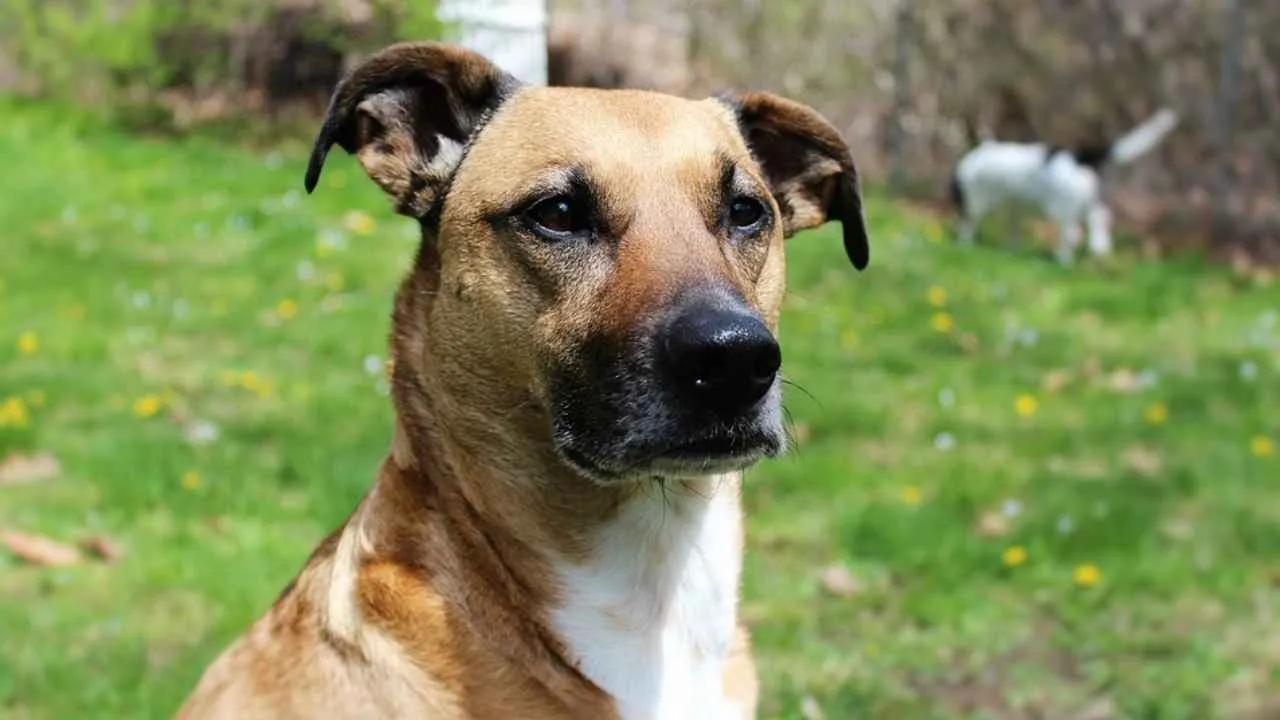
The Mountain Cur is a rugged, no-nonsense hunting and tracking dog deeply woven into the history of early American pioneers. Renowned for its grit, loyalty, and strong work ethic, this breed played a vital role in the survival and protection of frontier families across the Ohio River Valley and the Southeastern United States.
With a sharp mind, powerful treeing instinct, and unmatched courage, the Mountain Cur was not only a game hunter but also a defender of homesteads, taking on everything from wild animals to intruders without hesitation.
Though often associated with mountain regions, these dogs were widespread among settlers wherever the game was plentiful and protection was needed. Their lineage likely includes brindle bobtailed hounds introduced by Spanish explorers, blending into a fast, hard-driving tracker that runs with its head high, capable of following scent trails with determination and circling back if the trail runs cold.
Known for their ability to tree prey and alert their owners with loud, far-reaching barks, Mountain Curs excel as hyperactive tracking dogs, constantly on the move and driven by instinct. They thrive when given purpose and can become restless or destructive without mental and physical engagement.
As the demands of World War II led many to abandon rural life, the breed faced decline, but thanks to a few passionate breeders, it was saved and officially recognized in 1957. Today, the Mountain Cur remains a cornerstone of American hunting heritage.
8. American Foxhound
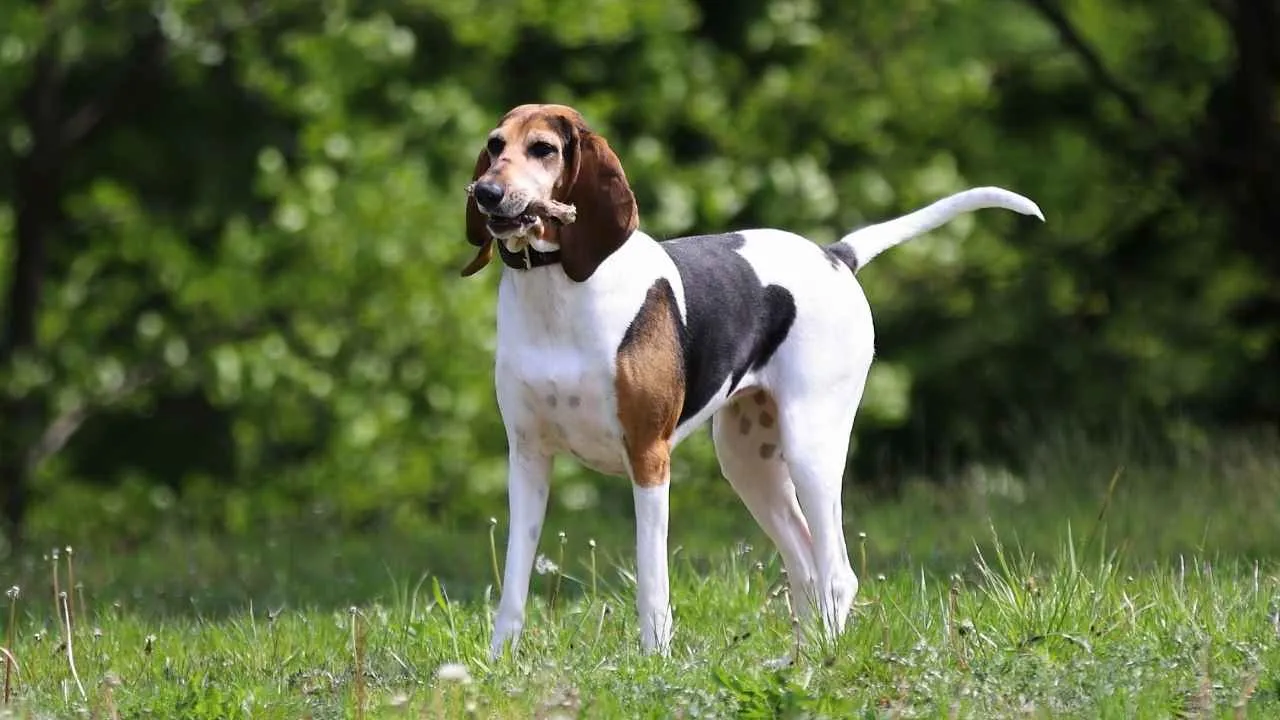
The American Foxhound is one of the oldest U.S. sporting breeds, developed from English Foxhounds in the 1600s. Tall and lean with long legs, a slightly arched back, and a short, hard coat in black, tan, and white, they are built for speed and endurance. Their soft, hazel, or brown eyes and droopy ears give them a gentle expression.
Primarily bred for tracking, they excel in hunting foxes and hares but can also trail boar, coyote, and wild cats. Though rarely kept solely as pets, regional strains like the Trigg and Walker highlight the breed’s hunting heritage and versatility.
Friendly and tolerant, they often get along with children and other dogs. However, their strong prey drive requires caution with smaller pets. Training can be challenging due to their independence, making them better suited for experienced owners.
High energy levels demand one to two hours of daily physical exercise. Without enough activity, Foxhounds may become restless or destructive. Their strong scent drive also means off-leash freedom is risky unless in a secure area.
Their loud, musical bay is part of their charm, developed to signal hunters on the trail. While appealing to hound lovers, their vocal nature may be disruptive in close living quarters. Early training helps, but rural or spacious homes are ideal.
9. Irish Setter
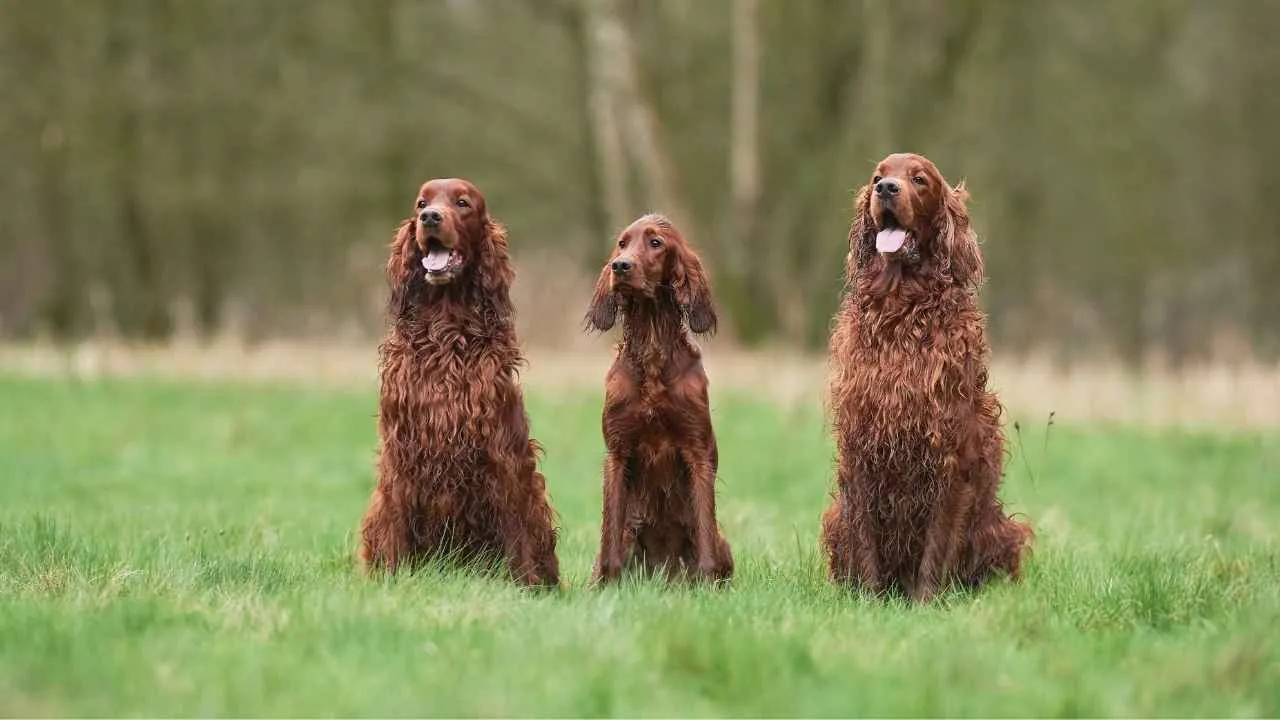
The Irish Setter is a high-spirited, graceful gundog known for its stunning mahogany or chestnut-red coat, long legs, and athletic build. Standing over two feet at the shoulder, this breed combines elegance with power, making it one of the swiftest and most striking sporting dogs. Originally bred in Ireland, Irish Setters were developed to locate game birds by “setting”—freezing in place to indicate the quarry’s location.
With a cheerful and affectionate temperament, Irish Setters make excellent family companions. Their sweet nature, high energy, and love for play make them ideal for active households. Though known as the “clowns” of the gundog world due to their lively personality, they respond well to patient, positive training. Social and outgoing, they form strong bonds with people and thrive on companionship.
Irish Setters are working dogs at heart, requiring daily exercise and mental stimulation to prevent boredom-related behaviors like digging or chewing. Their high stamina, inherited from their hunting heritage, means they excel in activities such as agility, obedience, flyball, and field trials. A variety of toys and engaging games help keep their minds occupied between outings.
This breed is distinct from its close cousin, the Irish Red and White Setter, which shares similar origins but differs in color and build. While both breeds were once considered the same, the solid-red Irish Setter became more popular over time and was recognized as a separate breed in 1914 by the UK Kennel Club. The Red and White Setter, by contrast, is now classified among Britain’s vulnerable native breeds.
WebMD states Irish Setters require commitment from their owners. Their long, silky coats require regular brushing to stay tangle-free, and their tall frames call for spacious bedding and room to stretch. With proper care, training, and attention, the Irish Setter proves to be not just a beautiful dog but a loyal and enthusiastic companion in both the field and home.
Conclusion
Hyperactive working dog breeds are ideal for active owners who can provide the physical and mental stimulation these dogs need. Breeds like the Australian Cattle Dog, Australian Shepherd, Siberian Huskies, and Border Collie are known for their high energy levels and strong instincts, often excelling in herding tasks such as herding cattle or sheep. These breeds tend to thrive in environments where they are engaged in physical activity and tasks that challenge their intelligence and stamina.
While first-time dog owners may find these active dogs demanding, breeds like the Jack Russell Terrier and Poodle also fall under the category of hyperactive working dogs and require experienced handling. For those willing to provide the necessary structure, these dogs can become the perfect pups, offering not only boundless energy but also unwavering loyalty.
If you’re an active person seeking a dog that will keep up with your lifestyle, a hyper dog breed may be just the right match. However, it’s crucial to remember that these breeds demand a lot of attention and training, especially when it comes to herding or tracking tasks.

